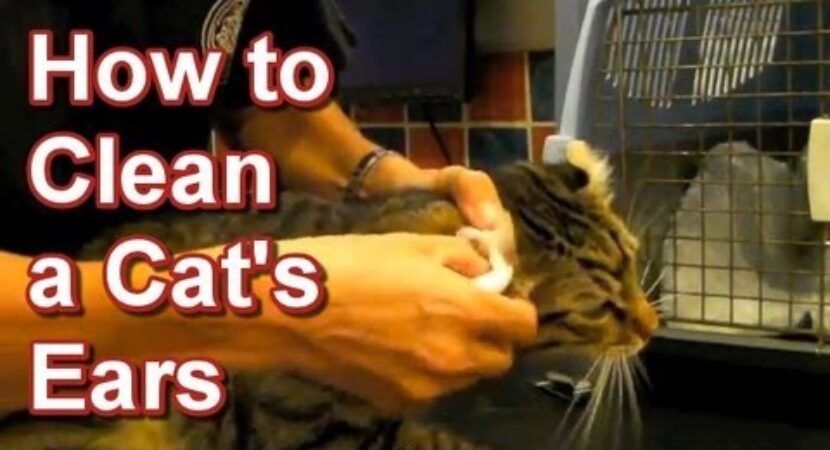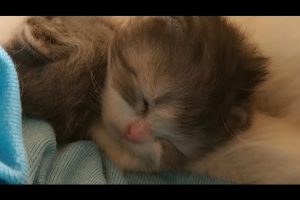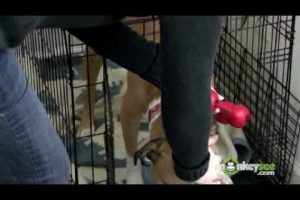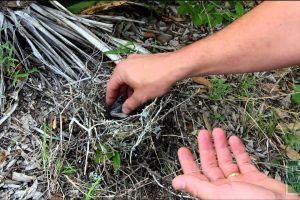http://www.taiwaiexotic.com/home-care – Learn to how to clean a cat’s ears. Cleaning cat ears is important as part of your overall cat care.
Video text:
To clean your cat’s ears begin by gently pulling up the ear flap to allow you to see the ear canal. Next pour a small amount of ear cleaning fluid into the ear canal and gently massage the base of the ear for 5-10 seconds. This fluid will help to loosen any built up wax or dirt. Due to the fact that cats aren’t used to having fluids within their sensitive ear canal they will try to shake their head. After massaging allow your cat to shake it’s head allowing dirt or debris in the ear canal to come to the surface. Next take a cotton ball and wipe the surface of the ear flap. Continue wiping until all dirt and wax is removed. We advise against using cotton buds in your cat’s ears as the cotton end can fall off and remain in the ear canal. In order to remove it your cat would need to be sedated or anaesthetised. Even with weekly cleaning, if you still find your cat has dirt or wax in it’s ears we advise you bring them to your vet for a chek-up.
This procedure was performed by Dr Gail Cochrane and thanks to our cat model, Crookshanks. Please note that Crookshanks is an ‘American Curl’, this new breed of cat looks very cute because of their curled ears, but frequently have abnormal ear canals which require regular cleaning to prevent problems developing.
Tai Wai Small Animal & Exotic Veterinary Hospital is based in Hong Kong and we have produced a number of videos to help you care and look after your cats as well as pets and small animals. We will produce more videos so please subscribe to our channel. Our website and social channels are as follows:
Website:
http://www.taiwaiexotic.com
YouTube:
http://www.youtube.com/TaiWaiExotic/
Facebook:
https://www.facebook.com/taiwaismallanimal
Thanks for watching our video on How to Clean a Cat’s Ears.
Note: These videos have been produced to provide additional home care information for the clients of Tai Wai Small Animal and Exotic Hospital. These procedures should only be attempted under the direction of your veterinary surgeon.
View Original Source
























